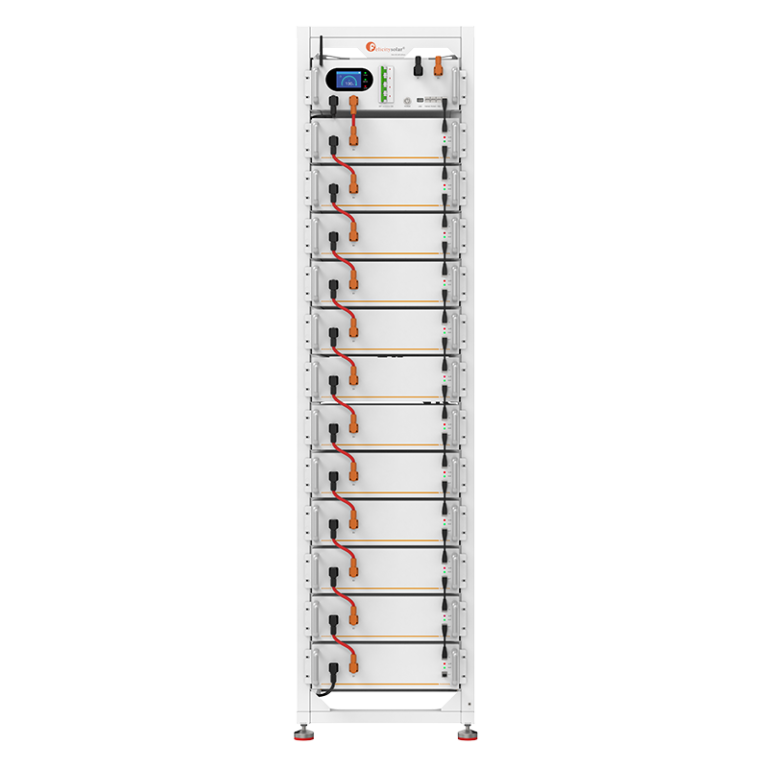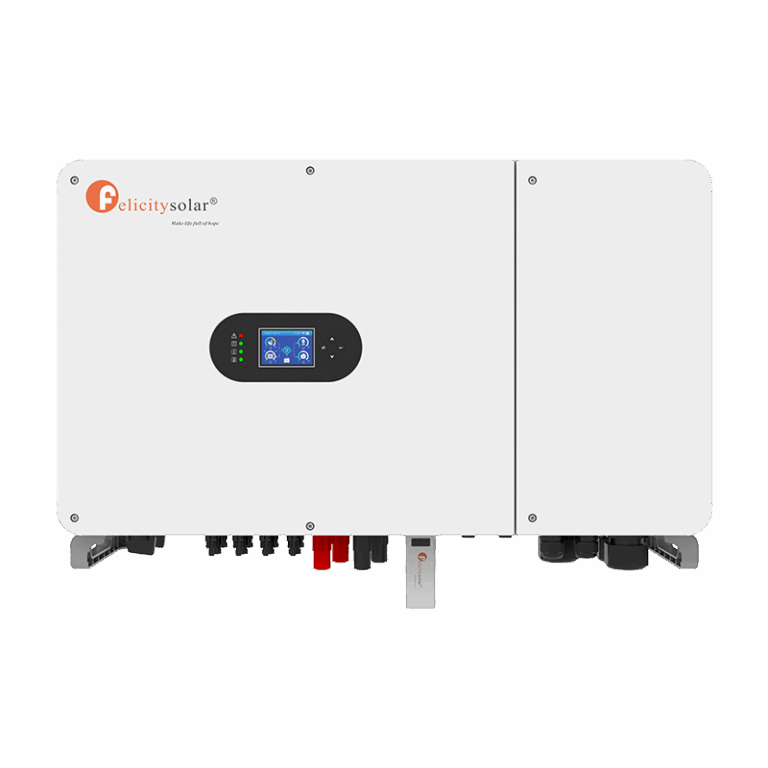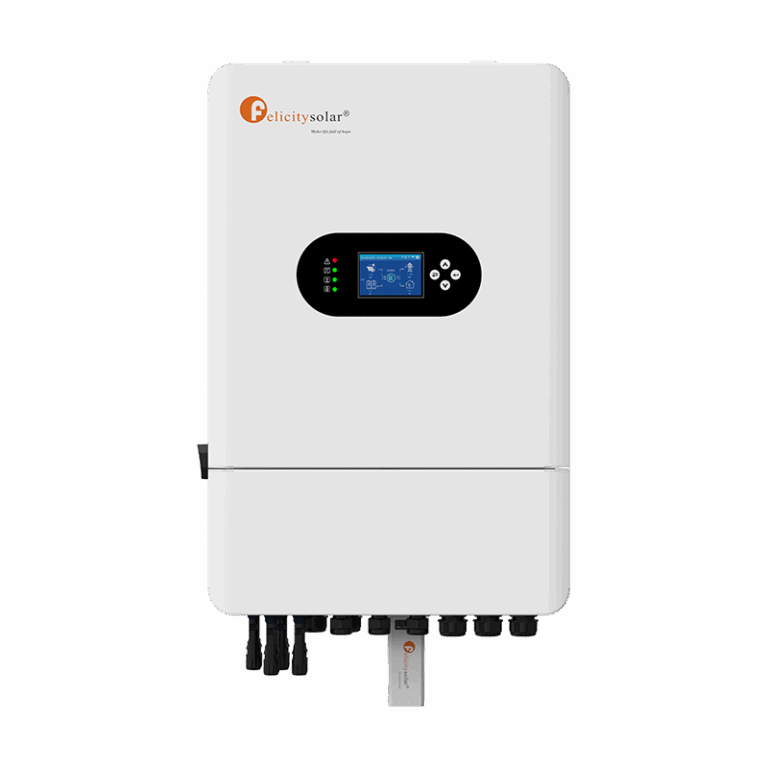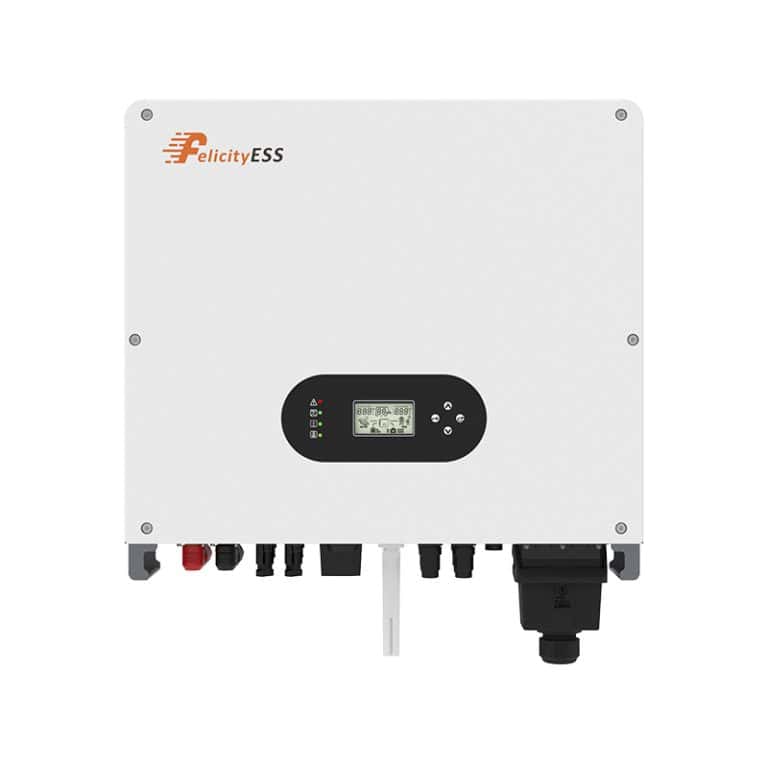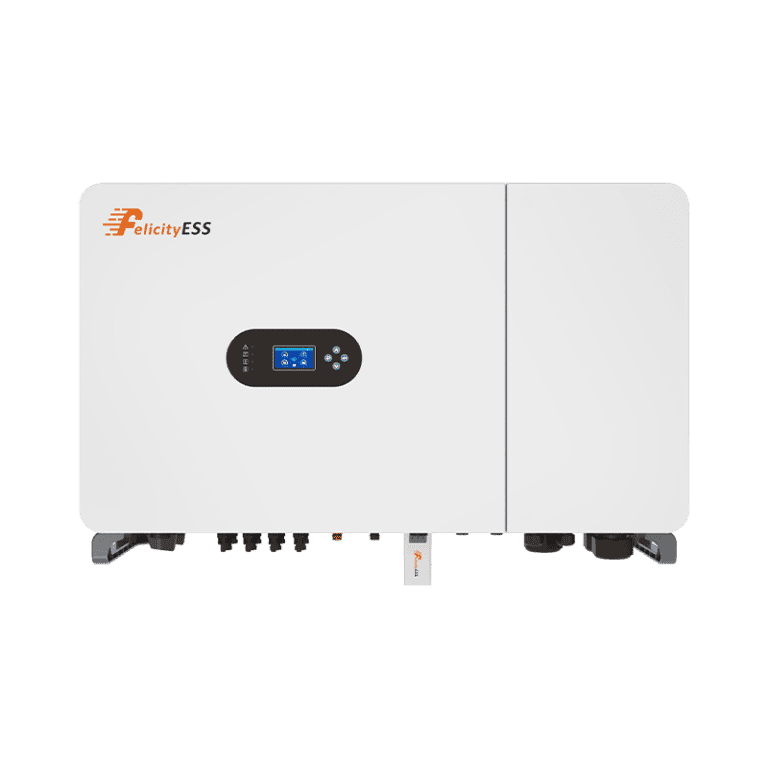Dall’alimentazione dei nostri smartphone alla guida di veicoli elettrici fino al backup degli impianti solari domestici, le batterie sono una parte indispensabile della vita moderna. Quando acquisti o valuti una batteria, incontrerai spesso il termine "Ah", abbreviazione di Amp Hour. Ma cosa significa esattamente Ah e perché è importante? In questo blog approfondiremo il significato di Ah, esploreremo il suo significato pratico, esamineremo i fattori che lo influenzano e offriremo indicazioni sulla scelta e sulla manutenzione delle batterie con la giusta capacità per le vostre esigenze.

Cos'è l'Amp-ora (Ah)?
Un Amp Hour (Ah) è un'unità che misura la capacità di una batteria. Indica la quantità di corrente (in ampere) che una batteria può erogare in un'ora. Ad esempio, una batteria da 5 Ah può teoricamente fornire 5 A di corrente per un'ora o 1 A per cinque ore.
Pensa a una batteria come a un serbatoio dell'acqua e ad Ah come al suo volume. Proprio come un serbatoio più grande contiene più acqua, un valore Ah più elevato significa che la batteria può immagazzinare e fornire più carica elettrica prima di dover essere ricaricata.
Perché Ah è importante: applicazioni nel mondo reale nel 2025
Nel mondo di oggi, in cui i dispositivi spaziano dai piccoli dispositivi indossabili ai veicoli elettrici, Ah ha un impatto diretto sulla durata di funzionamento del tuo gadget, sul peso della tua attrezzatura e, in definitiva, sulla tua esperienza utente complessiva.
1. Elettronica portatile
- Smartphone, tablet e laptop: Uno smartphone di punta con 4.000 mAh (4 Ah) batteria in genere dura un'intera giornata con un utilizzo medio. I dispositivi con capacità nominale di 5 Ah o superiore sono ideali per i giocatori accaniti e gli streamer multimediali che necessitano di tempi di autonomia prolungati.
- Auricolari e dispositivi indossabili wireless: I moderni dispositivi indossabili utilizzano microcelle a stato solido con capacità di circa 20–50 mAh (0,02–0,05 Ah). Sebbene piccole, queste celle supportano una ricarica rapida e migliaia di cicli, garantendo una comodità di lunga durata.
- Power bank: Un popolare power bank da 20.000 mAh (20 Ah) può ricaricare uno smartphone circa 4-5 volte. Grazie al design sottile in polimero, questi banchi ad alta capacità sono diventati potenti e portatili.
2. Dispositivi per la mobilità personale
- Scooter e biciclette elettrici: Le batterie tipiche per e-bike hanno una capacità compresa tra 10 e 15 Ah, offrendo un'autonomia di 50-80 km. L'aggiornamento a 15 Ah o più aumenta l'accelerazione e riduce il peso complessivo quando si utilizzano celle a densità di energia più elevata.
- Droni di consumo: I droni professionali spesso trasportano pacchi ioni di litio da 4–6 Ah, fornendo 25–35 minuti di volo, perfetti per attività di fotografia aerea e mappatura.
- Flotte di mobilità condivisa: Gli e-scooter condivisi solitamente hanno batterie da 5–7 Ah. Gli operatori delle flotte utilizzano il monitoraggio basato su cloud per monitorare gli Ah rimanenti in tempo reale, consentendo sostituzioni più intelligenti delle batterie e tempi di attività più elevati.
3. Archiviazione domestica e in rete
- Accumulo solare residenziale: I sistemi energetici domestici spesso dispongono di moduli da 100–200 Ah. Questi moduli forniscono luci, frigoriferi e altri carichi essenziali per diverse ore durante la notte o durante le interruzioni.
- Dal veicolo alla rete (V2G): Molti veicoli elettrici moderni (batterie da 60-100 Ah) supportano la ricarica bidirezionale, consentendo ai proprietari di casa di ricaricare a tariffe basse durante la notte e di restituire energia alla rete quando i prezzi dell'elettricità aumentano.
Fattori che influenzano i rating AH
Diversi fattori influenzano il valore Ah di una batteria e le prestazioni reali:
- Chimica delle batterie: Le batterie al piombo, al nichel-metallo idruro (NiMH), agli ioni di litio e al litio ferro fosfato (LiFePO₄) differiscono tutte per densità di energia, caratteristiche di scarica e intervalli Ah tipici.
- Dimensioni e materiali delle celle: La superficie dell'elettrodo, il tipo di elettrolita e la purezza del materiale influiscono direttamente sulla quantità di carica che una cella può trattenere.
- Temperatura e velocità di scarico: Il caldo o il freddo estremi possono ridurre gli Ah disponibili. Inoltre, l'estrazione di correnti elevate (scarica rapida) spesso produce una capacità totale inferiore rispetto a un'estrazione lenta e costante.
Ah, e durata della batteria
La capacità della batteria diminuisce gradualmente ad ogni ciclo di carica-scarica. I fattori che accelerano la perdita di capacità includono scariche profonde (fino a 0%), sovraccarico e funzionamento ad alta temperatura. Per prolungare la durata della batteria e mantenere Ah:
- Evitare una scarica eccessiva: Ricaricare quando la capacità scende a circa 20–30%.
- Gestisci la temperatura: utilizzare e conservare le batterie a una temperatura compresa tra 10 e 35°C per una longevità ottimale.
- Calibrazione regolare: eseguire un ciclo completo di carica-scarica ogni 3-6 mesi per i dispositivi con pacchetti rimovibili per mantenere i sistemi di gestione accurati.
Misurare e valutare accuratamente Ah
Metodi comuni
- Scarica a corrente costante: La batteria si scarica con una corrente nota fino al raggiungimento della tensione di interruzione; il tempo totale moltiplicato per la corrente dà Ah.
- Conteggio di Coulomb: Un misuratore elettronico misura l'afflusso e il deflusso della carica in tempo reale.
Migliori pratiche
- Ambiente stabile: Mantenere la temperatura e l'umidità costanti durante i test.
- Calibrazione dell'attrezzatura: Assicurarsi che lo strumento di test sia stato calibrato di recente.
- Correzione errori: Tenere conto delle perdite di misurazione e delle tolleranze dello strumento per riportare valori Ah affidabili.
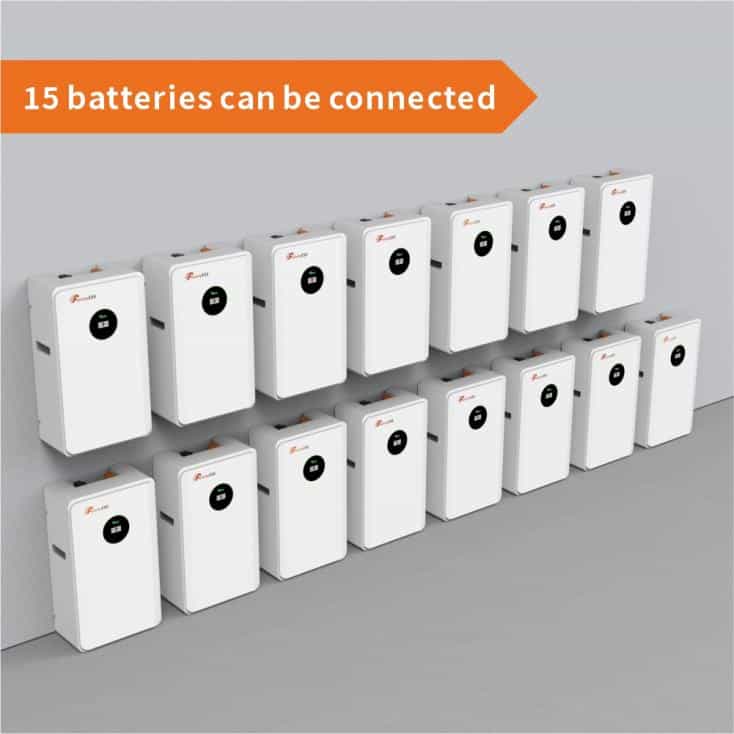
Selezione della batteria e consigli pratici
Abbina la capacità al caso d'uso: Per i dispositivi quotidiani sono sufficienti 2–5 Ah; Le bici elettriche necessitano di 10–15 Ah; i sistemi domestici richiedono 100 Ah o più.
Bilancia costo, peso e capacità: Calcola il costo per Ah e il peso per Ah. Decidi se apprezzi maggiormente la leggerezza o la maggiore autonomia.
Scegli la chimica giusta:
- Ioni di litio: Alta densità di energia ma sensibile alla temperatura: abbinalo a un buon sistema di gestione della batteria (BMS).
- LiFePO₄: Sicuro, di lunga durata, leggermente più grande, ideale per applicazioni fisse o di mobilità elettrica.
- Piombo acido: Economico ma pesante e con bassa densità di energia: ideale per il backup di emergenza dove il peso è meno critico.
Mantieni la batteria:
- Ricarica prima di colpire 0%.
- Mantenere la temperatura di funzionamento/immagazzinamento tra 10 e 35°C.
- Eseguire periodicamente la carica/scarica completa per calibrare il BMS.
Miti comuni e consigli degli esperti:
- Mito: "Ah più alto significa sempre meglio." Realtà: scegli la capacità in base alle effettive necessità per evitare ingombri e costi inutili.
- Mito: “La ricarica rapida non danneggia le batterie.” Realtà: una ricarica rapida occasionale va bene, ma una ricarica frequente e ad alta velocità accelera l'usura.
- Il consiglio dell'esperto: Cerca celle classificate per oltre 1.000 cicli con capacità ≥80% e gestione termica/potenza integrata.
Conclusione
Le ore di amp (Ah) sono più di una semplice specifica tecnica: determinano quanto dura il tuo dispositivo, quanto è pesante e come dovresti prendertene cura. Comprendere Ah ti aiuta a scegliere la batteria giusta per i tuoi gadget, veicoli o sistemi energetici domestici e ad adottare pratiche per prolungarne la vita utile. La prossima volta che vedi "Ah" sull'etichetta di una batteria, ricorda che è la tua tabella di marcia verso l'affidabilità, potenza efficiente.



